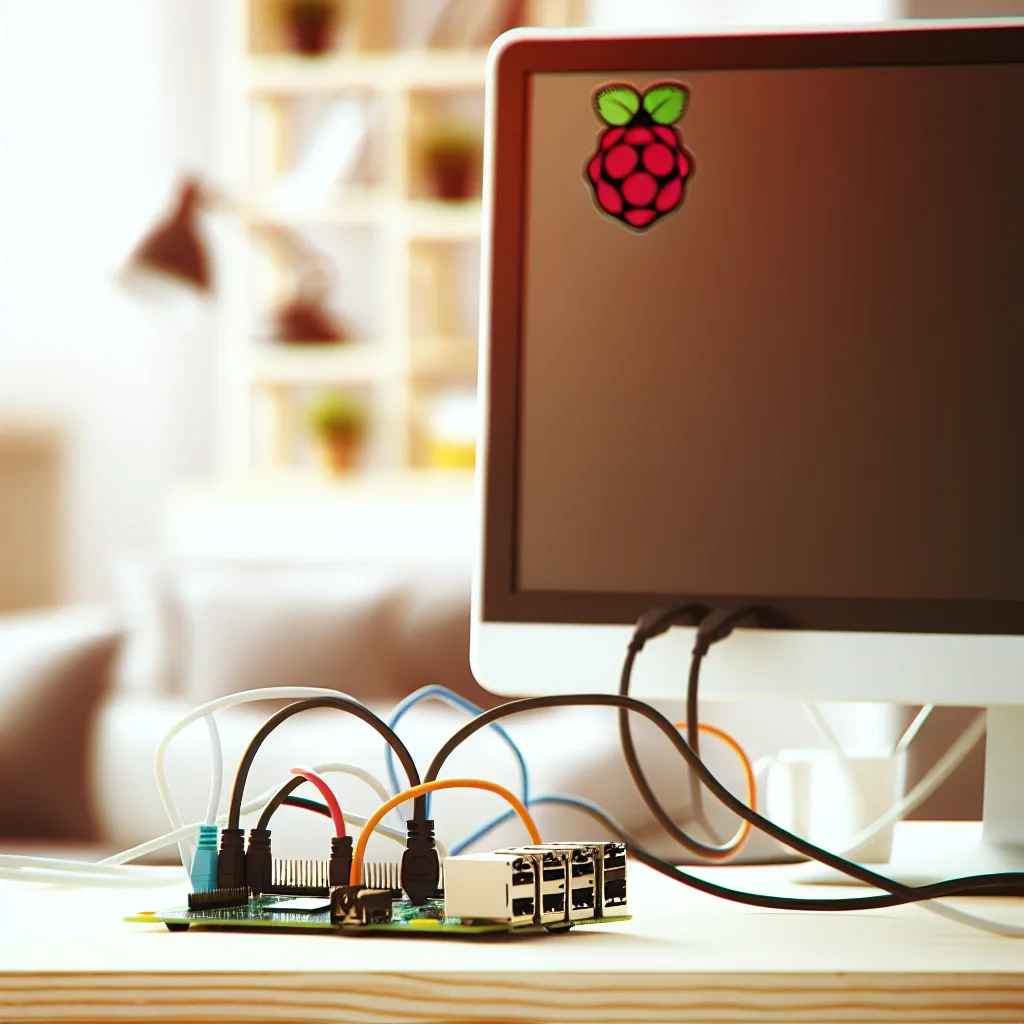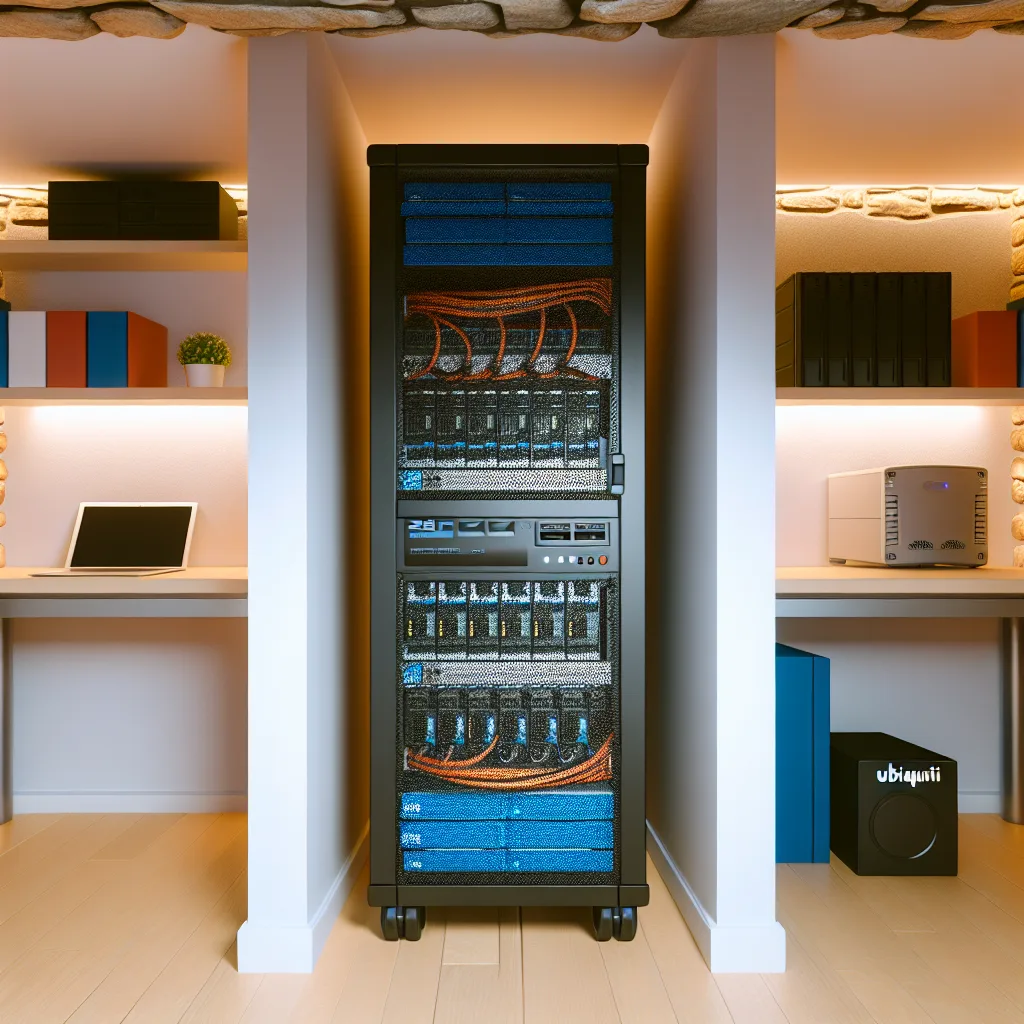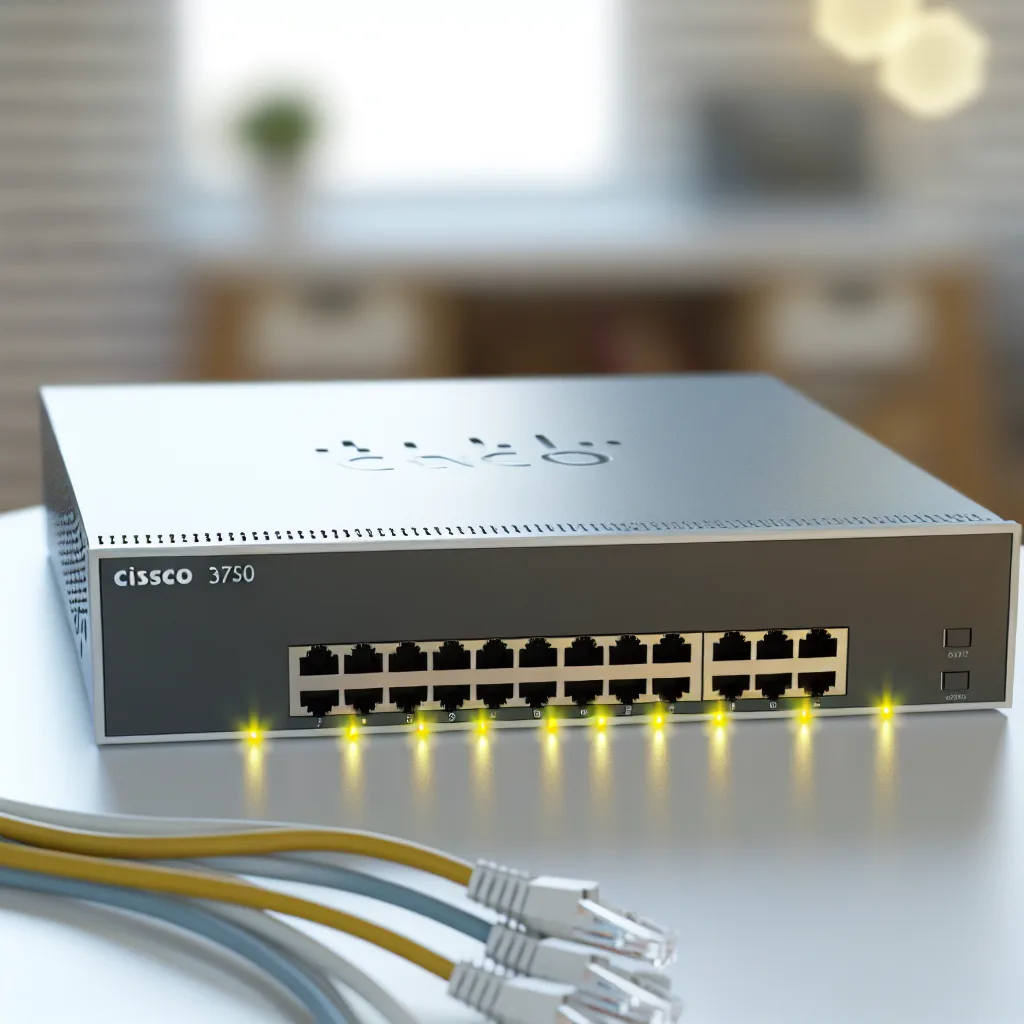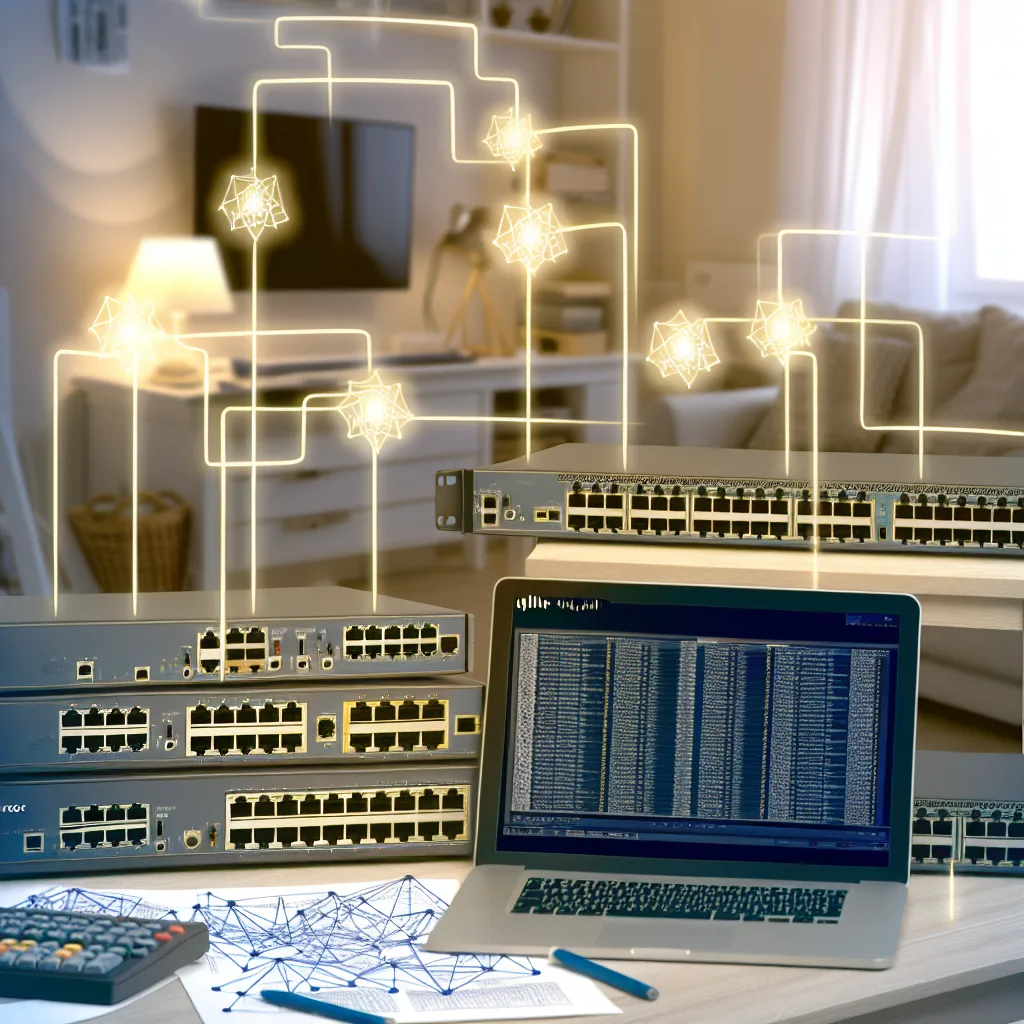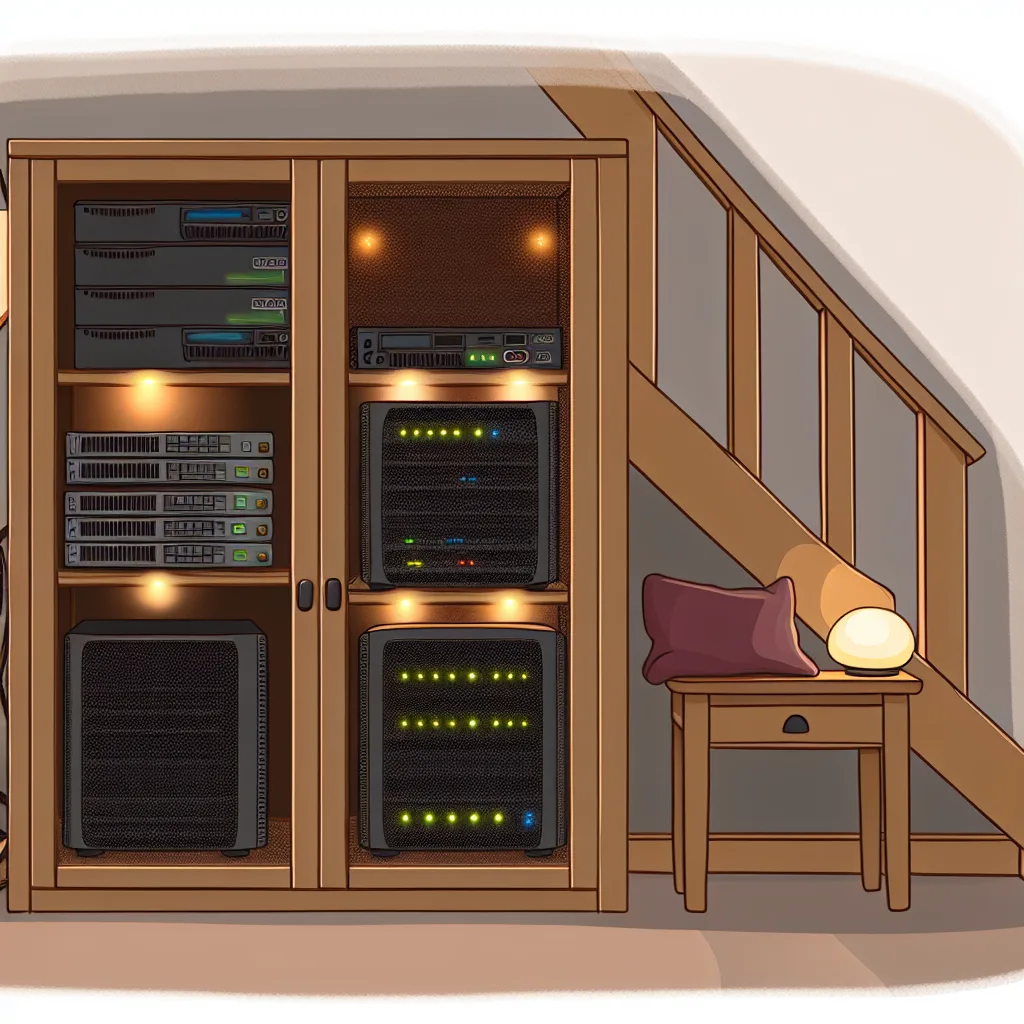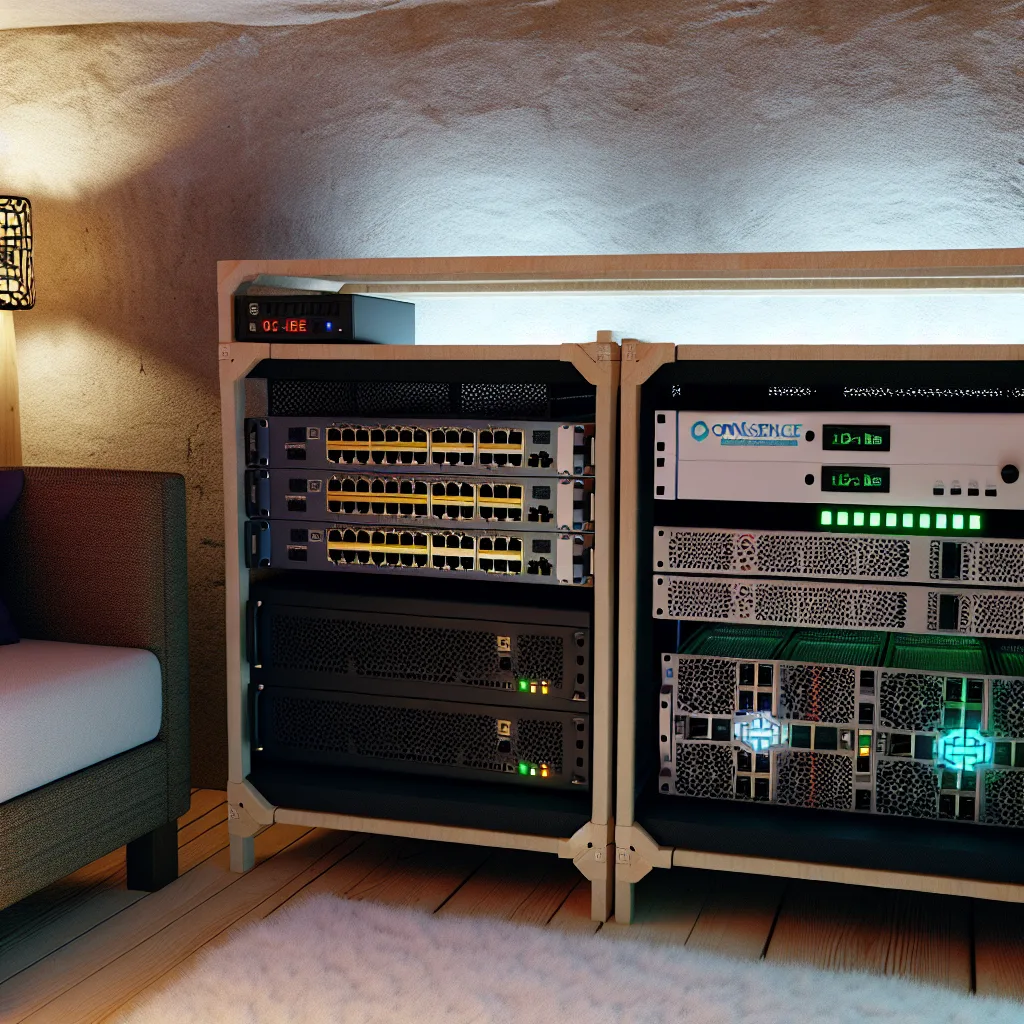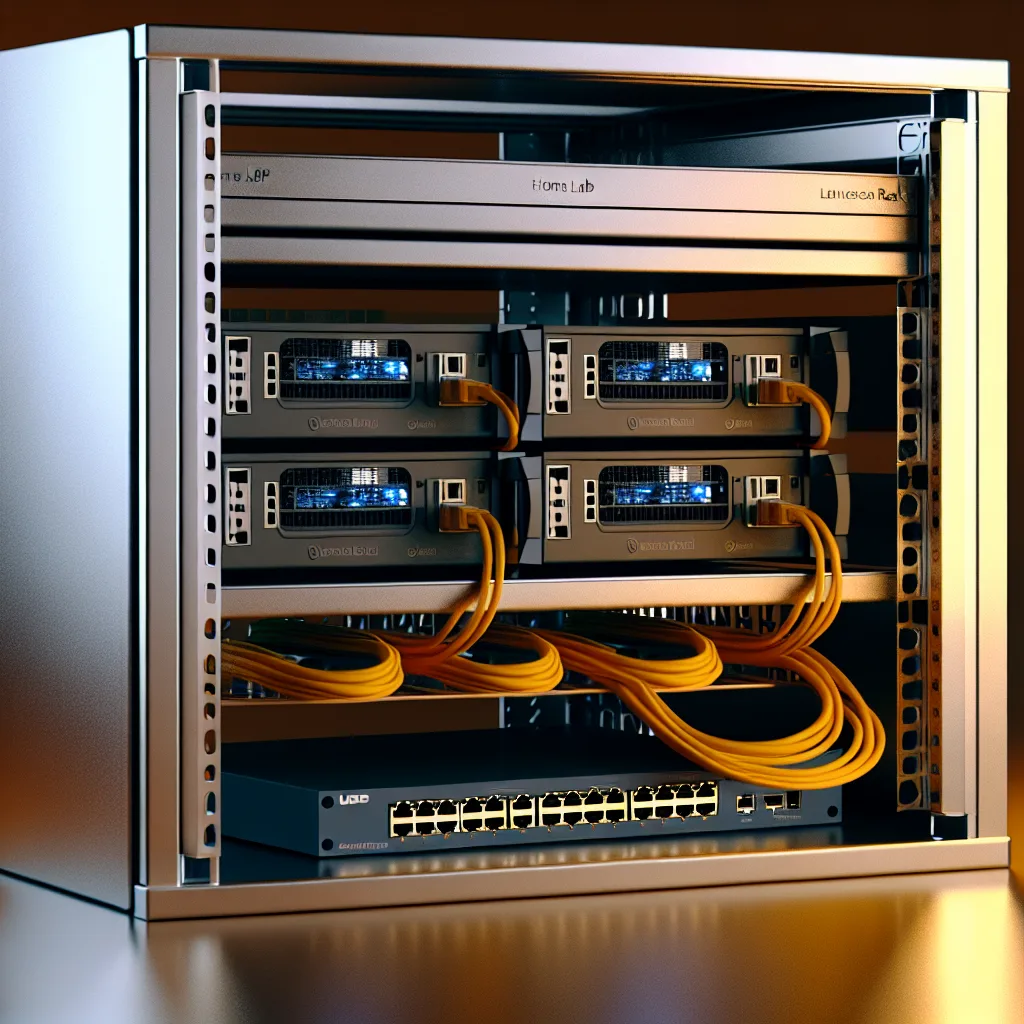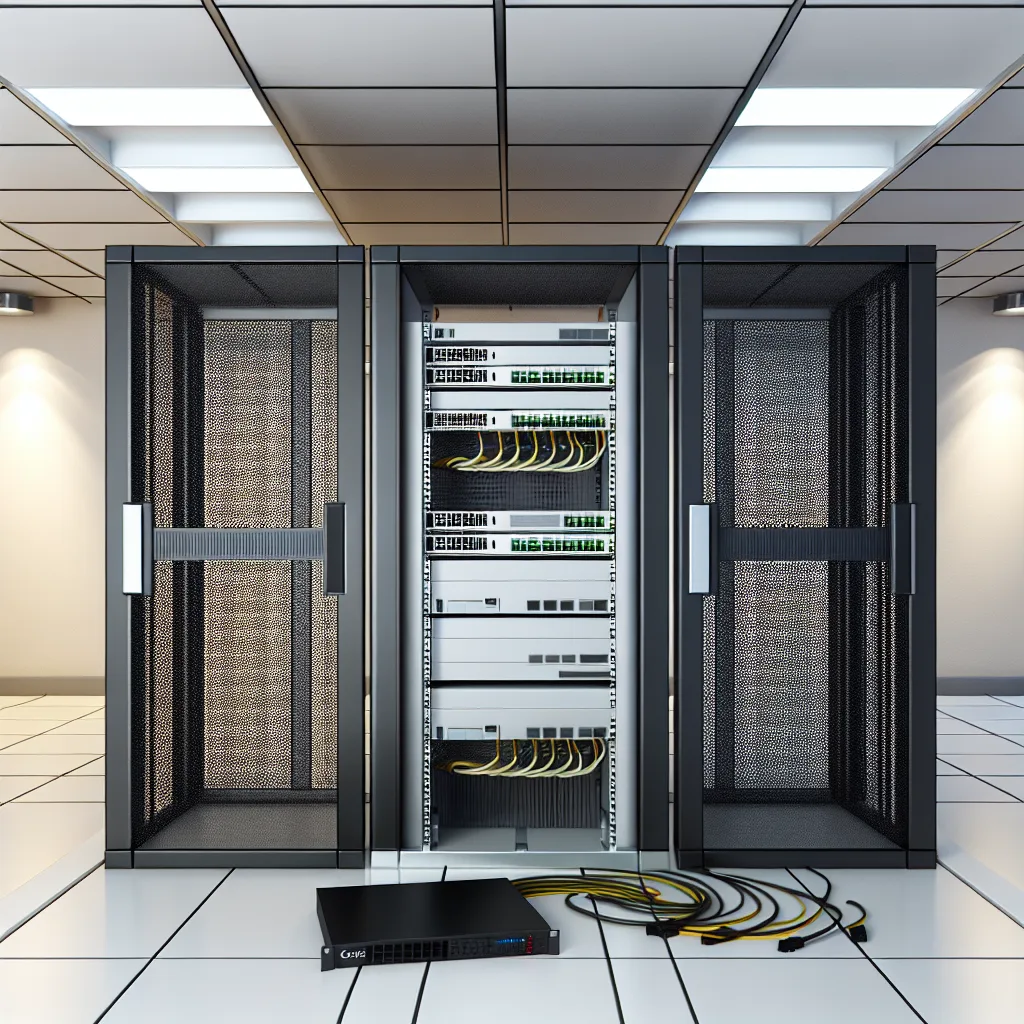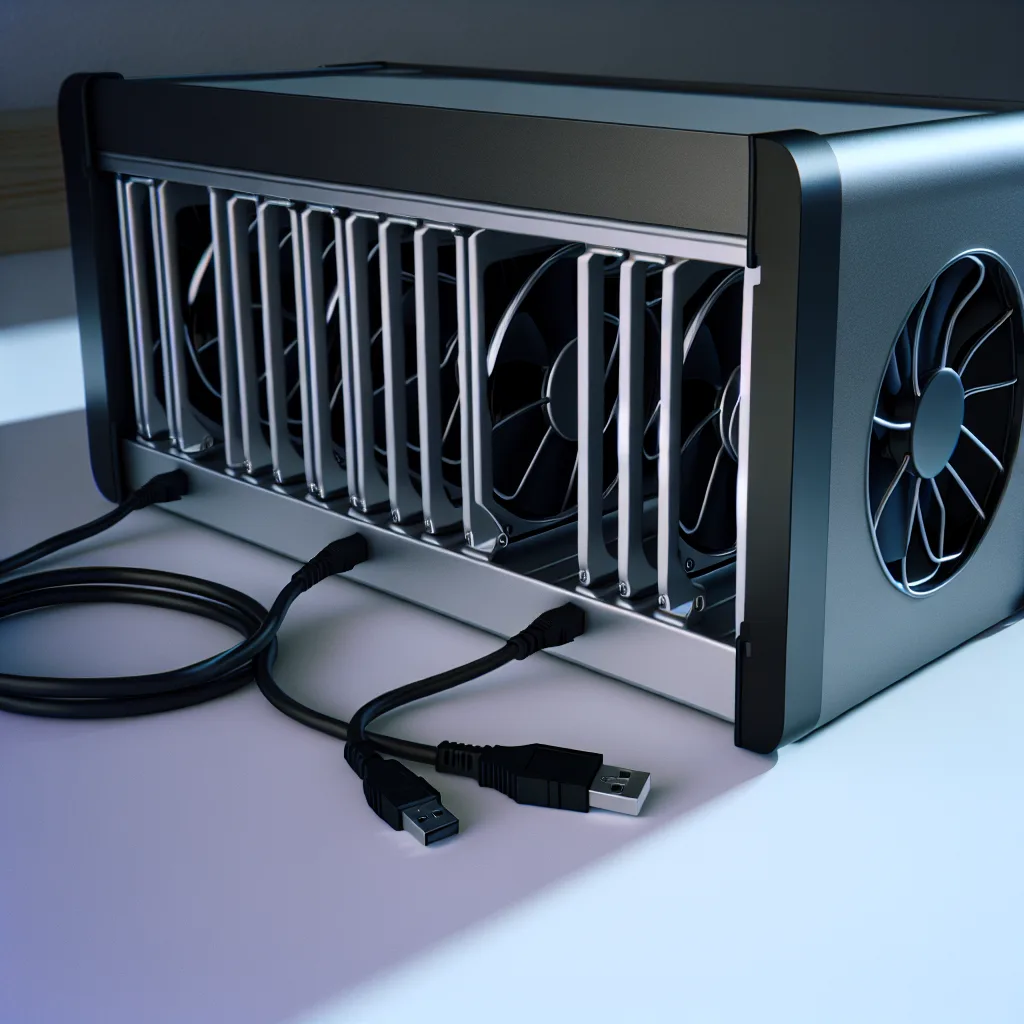Understanding the impact of AI surveillance and why it’s more than just tech—it touches human rights.
Hey, have you ever stopped to think about how much we’re being watched nowadays? Not just by people nearby, but by invisible systems quietly gathering every bit of data about us. This is what’s happening with AI surveillance — a term that’s becoming more relevant and concerning every day.
AI surveillance systems, like the ones developed by companies such as Palantir, aren’t just about tracking convenience or marketing. They’re powerful tools originally designed for intelligence and military uses, often called Istar systems (intelligence, surveillance, target acquisition, and reconnaissance). These systems combine vast amounts of publicly available and private data to detect patterns and track individuals — and that’s where the trouble starts.
What exactly is AI surveillance?
It’s technology that watches, analyzes, and in some cases, controls movements and behavior. It’s especially unsettling when we realize these tools are being used for mass surveillance, forced migration efforts, and urban warfare scenarios. Sometimes referred to as “AI kill chains,” they don’t just identify targets; they help decide who’s at risk and when, based on complex algorithms. It’s a lot to absorb, but it matters because these cheap, scalable systems pull us all into an invisible web of tracking.
How AI surveillance affects everyday lives
You don’t have to be involved in a war zone or be a political dissident to be affected. In places like the US, immigrant enforcement agencies (like ICE) apply these AI tools in neighborhoods, near schools, parks, and churches. The result? People feel like they’re always being watched, changing the way they live, talk, and move.
This surveillance affects constitutional rights too. It potentially violates the First Amendment (freedom of speech and assembly) because people self-censor out of fear. Warrantless searches and data seizures without consent challenge the Fourth Amendment. Unfortunately, the hardest hit are often the most vulnerable — migrants, political activists, and residents of conflict zones like Gaza.
Why should you care about AI surveillance?
Because it’s about more than just privacy. It’s about human rights and freedom in a world that’s getting smarter and more connected. These AI systems might seem distant or abstract, but their impact is real and creeping into everyday life. It’s not just about what companies can do but about how technology changes the balance of power between individuals and institutions.
For more on the rise of AI in surveillance, The Guardian offers a thoughtful exploration. And if you’re curious about the technology behind it, the Palantir Technologies official website provides insights into their products and philosophy, even though not everything about AI surveillance is transparent.
What can we do?
Awareness is the first step. Understanding the reach and implications of AI surveillance helps us ask better questions about privacy laws, ethics, and the role of technology in public security. Join conversations, support digital rights groups, and push for transparency and accountability.
Wrapping up, AI surveillance isn’t just tech jargon. It’s a real and present challenge shaping our freedoms and privacy in profound ways. Knowing about it keeps us a step ahead in protecting our rights.
For a deeper dive into the ethical questions and human rights perspective around AI surveillance, check out Amnesty International’s resources on digital rights. They offer a clear look at how these technologies affect people worldwide.

